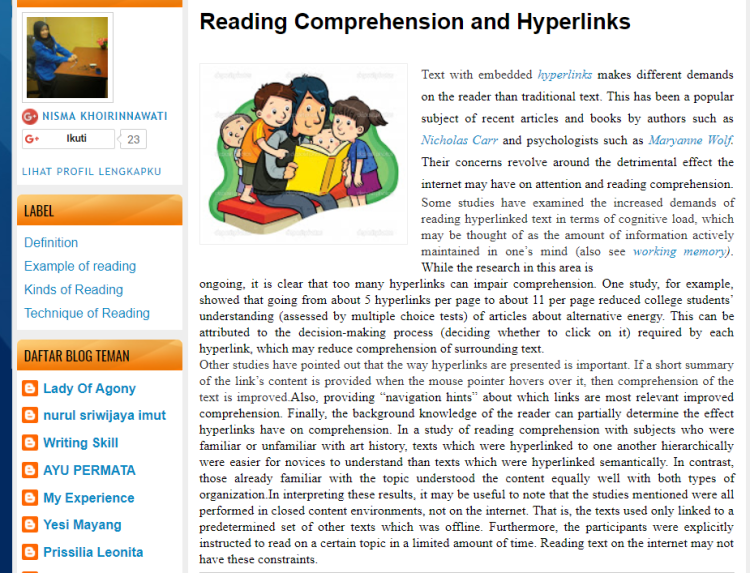Can you think of an experience that’s so strong you can transport yourself back to a time or place? For me it’s the beach. All 5 senses are engaged.
- Smell the salt air and sunscreen mixed together
- See the ocean and coastline, and lots of different people
- Hear the waves and people
- Taste sand and sunscreen mixed with anything I’m eating
- Touch the warm sand, my warm skin, the cool water
I love the beach and when I know I’m going, I anticipate the experience. I have expectations.
But I know I can’t control everything. I could get stung by a jellyfish or the fog could roll in. Some jerk could step on my sandcastle.
Customer expectations inform their experience
The same goes for people visiting your website. Your customers bring expectations – both good and bad. Their expectations are informed by:
- previous visits to your site
- being in your physical store or office
- experiences with your competitors
- other websites in general
Their expectations, and how they are feeling at the time of their visit, will impact their impression not only of your website, but your organization as a whole.
I’m sure you can recall a time when you left a website. You were sure could help you, but some seemingly minor issue created a negative impression.
Treat your site like a physical space
Would you decide not to shovel your store entrance after a snowstorm?
Did you build 8-foot high shelves for your merchandise that people can’t reach?
Would you only accept $10 bills as payment?
Of course not. Your customers would never return. And yet companies do these kinds of things all the time in the digital space.
As a website owner, you can’t control everything, but you can control a lot. And it’s mindboggling that organizations don’t pay attention to basic courtesies and conveniences the way they would in a physical store.
Let’s look at some UX decisions organizations make that create obstacles for their customers.
What’s tripping up your customers?
Grey text on a grey background.

How about an error message that makes no sense.

Or confusing language. Do you want to cancel? OK and Cancel both seem like the right answer…

Or maybe it’s just a giant block of text – ironically this page is about reading comprehension.

I could go on for days. Literally. I keep a folder called “sucky UX examples” for these occasions.
Perhaps the worst experience though is when a website causes a bigger disruption in your life.
Did you ever look for store hours or an address on a site, only to travel all the way there and find it closed – or relocated somewhere else entirely?
How did that make you feel?
Stop getting in your customers’ way
I know you have the best of intentions. After all, you’re trying to run a successful business. But these seemingly minor issues have a BIG impact on:
- Your customers ability to find info or carry out tasks on your site
- Your customers’ confidence that you are good at what you do
That poor website user experience translates to your brand. You could be the best in your business, but they might never find that out or believe it.
If you think you’ve got obstacles on your site, a UX audit can identify them and get your customers back on the right path.
